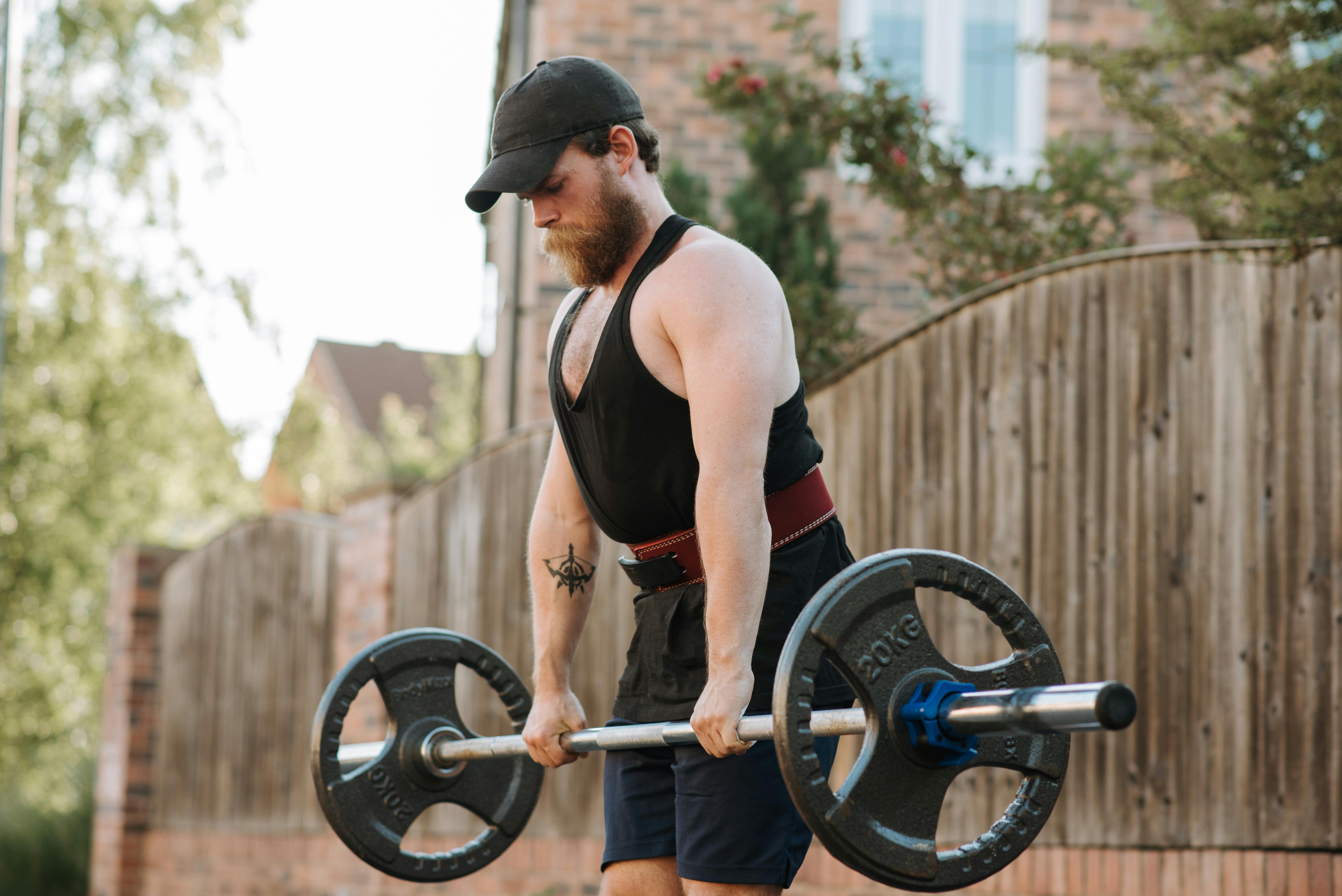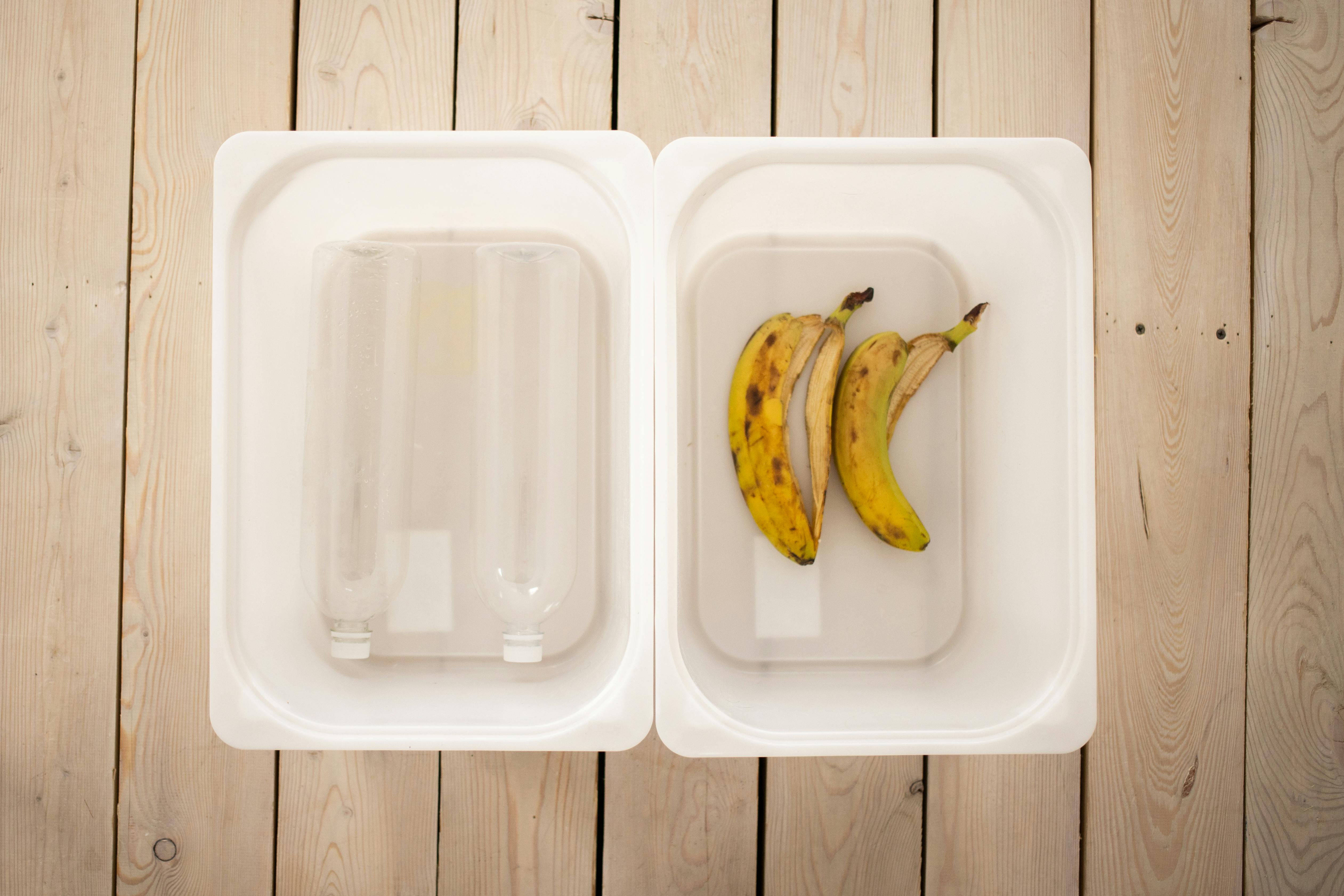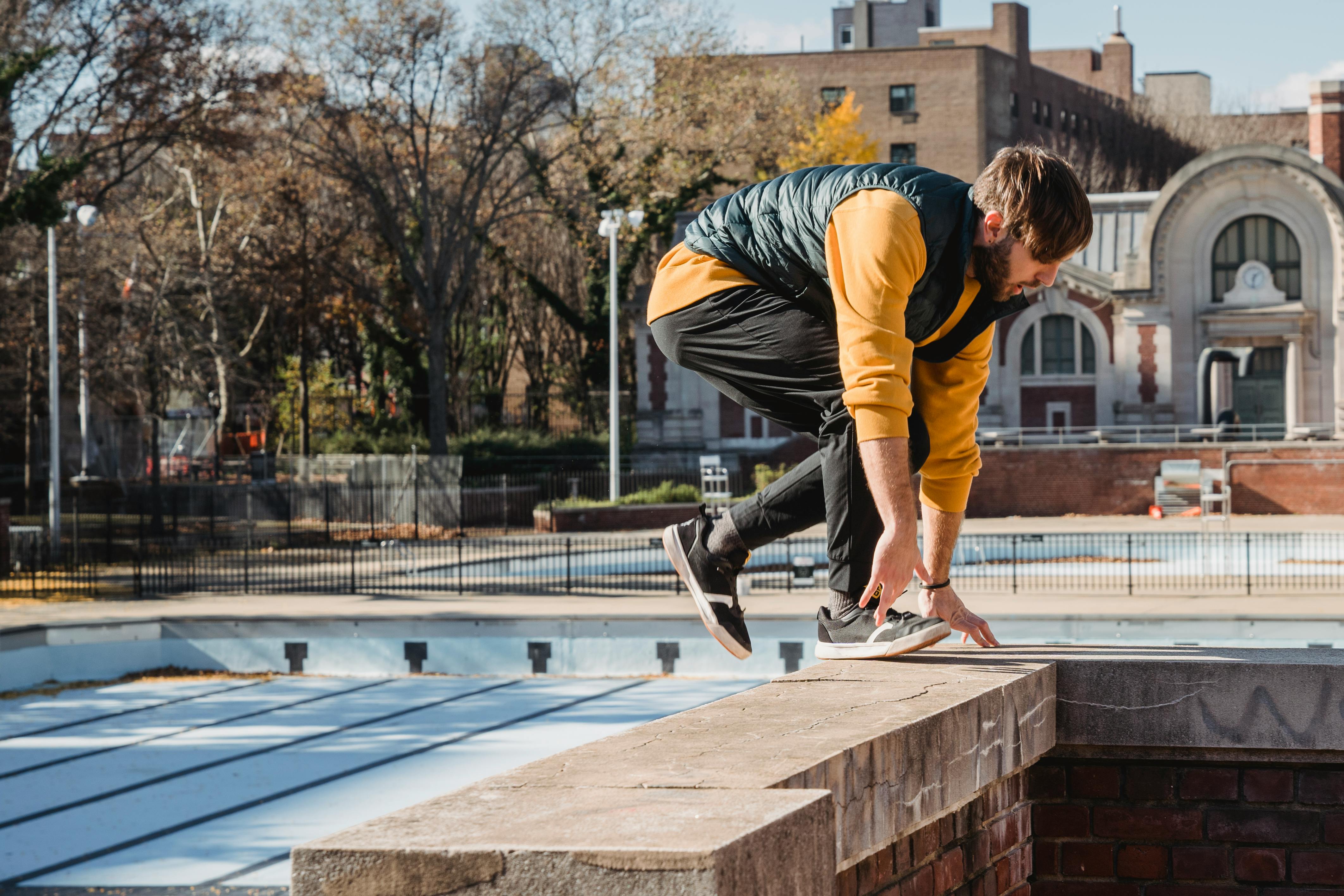Although Pilates has been around for over 90 years, it has only become extremely popular in the last decade. The main reason is the result it produces. And Pilates had been recommended by doctors as a tool in recovery after injury or treatment of chronic low back pain.
Many people are enthusiastic about the healing benefits as well as the general good health that they have achieved from your program. One drawback has been the cost of having to take individual sessions or join group sessions to continuously achieve these benefits. With the DIY Pilates program, it is possible to continue on your own and achieve the same great results.
DIY simply means ‘do it yourself’. While the reformer can be expensive to buy and bulky to keep in your home, you can do a mixed bag; Mat exercises can be done at home, while Pilates reformer exercises can be done in the studio or gym. However, there are some important things to keep in mind when embarking on your own program.
To get the most out of your program, here are some key notes to keep in mind before you get started.
Proper design of the DIY Pilates program
Work with a professional Pilates instructor who is familiar with your health concerns and has good knowledge and experience in planning a program that is right for you. This program must take into account your health history, your current physical condition and the goals to be achieved. If the goals are not realistic, an alternative should be recommended.
Build your Pilates foundation
By taking responsibility for exercising on your own, learn to understand the “why” and “how” of doing routines correctly so you know you’re not injuring yourself. Learn the basics of the Pilates form in a proper Pilates studio so you can ask questions when in doubt. Learn Pilates fundamentals like proper breathing, control, precision, balance and more.
And what is more? You know you are working with the professionals. This is to ensure that you are being taught the latest techniques and forms. Don’t learn outdated things or dangerous routines from unreliable sources.
develop mind connection
Pilates is always associated with building core strength. But there is more than just core. It is not about completing a series of routines or sweating profusely. Pilates is deep work. So deep that it takes time to understand what the mind-body connection means. It takes patience and many hours of practice to get to the point where your body can do what your mind tells it to without much effort and with great ease. When the body cannot perform a simple task that the mind wants, there is no connection. Just a lot of resistance and stiffness, and finally frustration!
Conclusion
It’s important to consider how long you’ve been practicing Pilates before starting DIY programs. A good indicator would be about 6 months of consistent training with a trained Pilates instructor. It gives you the confidence of knowing that you have the ability to step onto the mat or reformer without worrying about all the “what ifs”.
You can also be sure that your program is designed with you in mind, specific to your goals so that you look increasingly fitter and stronger, closer to your goals. Setting goals is vital to avoid a training plateau where you stop seeing progress. So the reason why your program has to change continuously, like every 3 months if it’s consistent.
DIY Pilates exercises can be done as long as you are persistent and determined to set a schedule and stick to it. You can do it anywhere, even when you travel. So as long as you’re disciplined and enjoy always looking great, it’s one of the best investments you can make!




